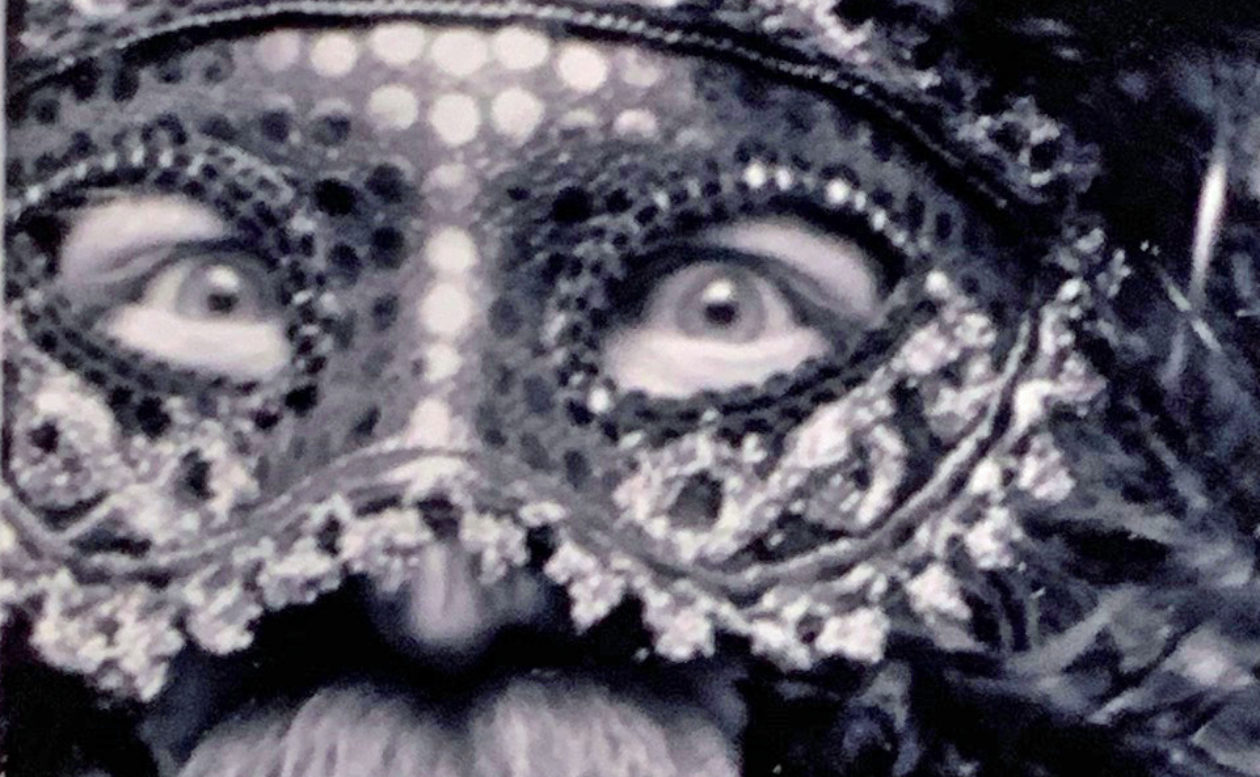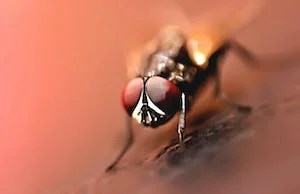These images are relief prints of Sir Henry and Lady Margery Paris. They are representations of the brasses that overlay their graves.
Let me tell you some history. Long ago and far away, I married a woman whose family had lived in London for several years. Her mother was a very active “brass rubber.” These grave plates were often overlaid with special paper and traced with special crayons to create unique art pieces in themselves. When Pat and I married, her mother gifted a pair of rubbings of Sir Henry Paris and his wife Lady Margery Paris to my parents.
Time moves on and Pat and I divorce but the rubbings continued to find a place on the walls of my parents’ house while they begin to sell their original art at craft fairs and shows. One of the pieces my father made was a carving (approximately 30″ by 12″) in a single butternut plank. He puts an “I don’t want to sell these” price on the pieces.
More years pass, as do my parents and Pat’s parents. Somehow these carvings by my father find their way to me and they have hung over my bed for a long time. One day, it occurs to me that I should carve and print them too.
In the process of researching them, I discover that Dad’s carvings are of Sir Henry Paris but the paired woman is not his wife, Lady Margery. I do not know if my parents received a mis-matched pair of rubbings or if Dad substituted a different image himself.
My version is of Sir Henry and Lady Margery. This series of seven prints each is in gold, but I may create another series one day in silver. Rest easy Henry, Margery, Harold, Joyce, Glen and Edith.












